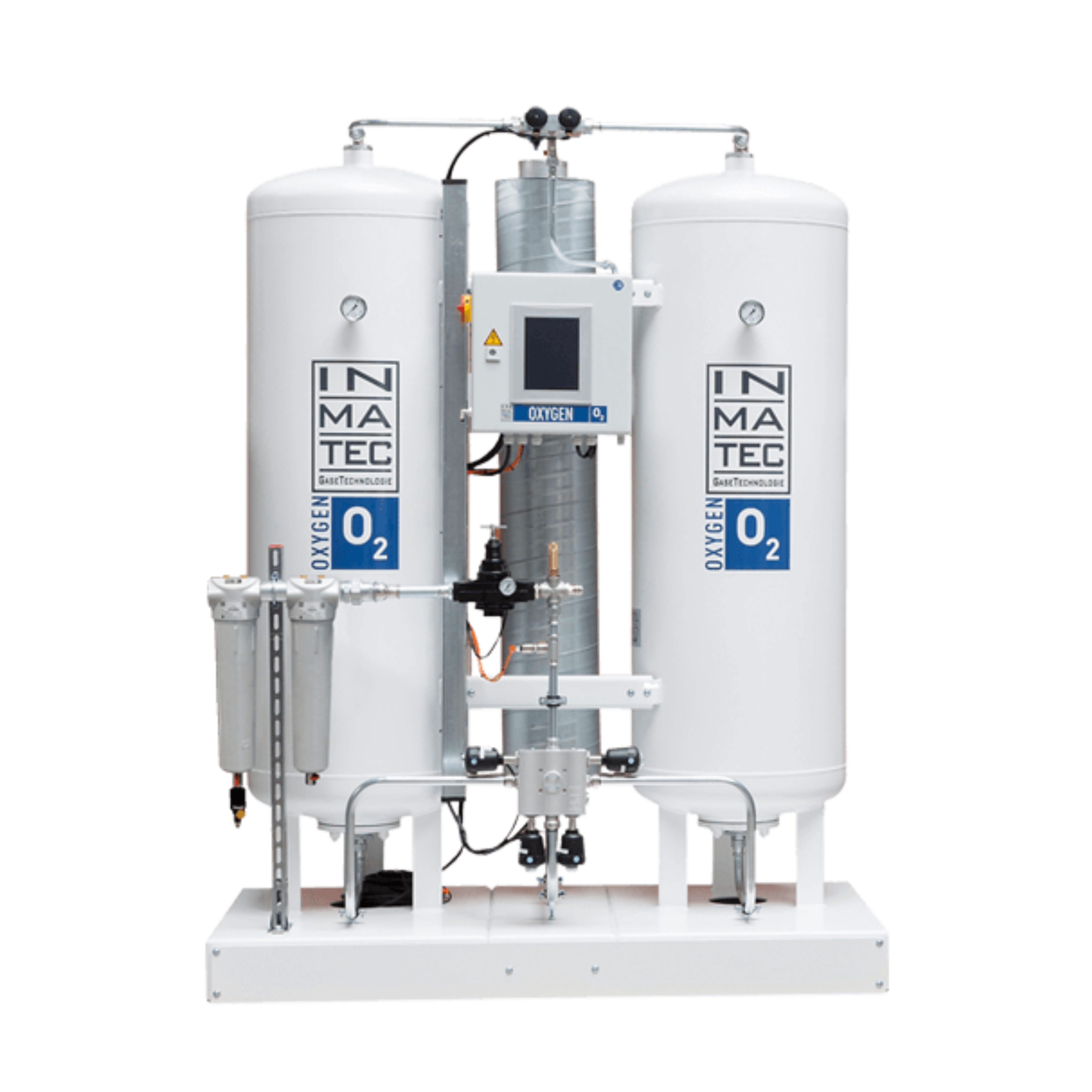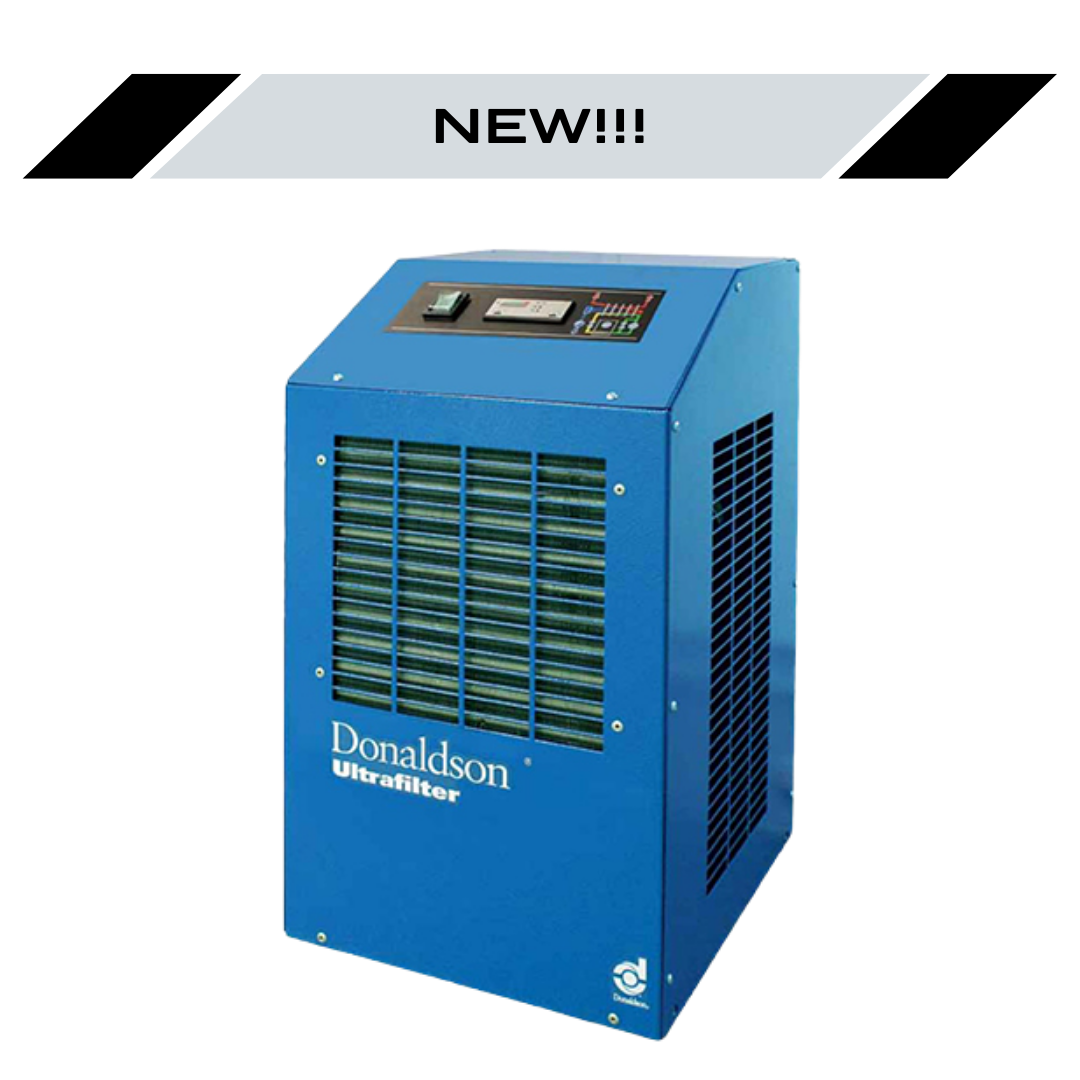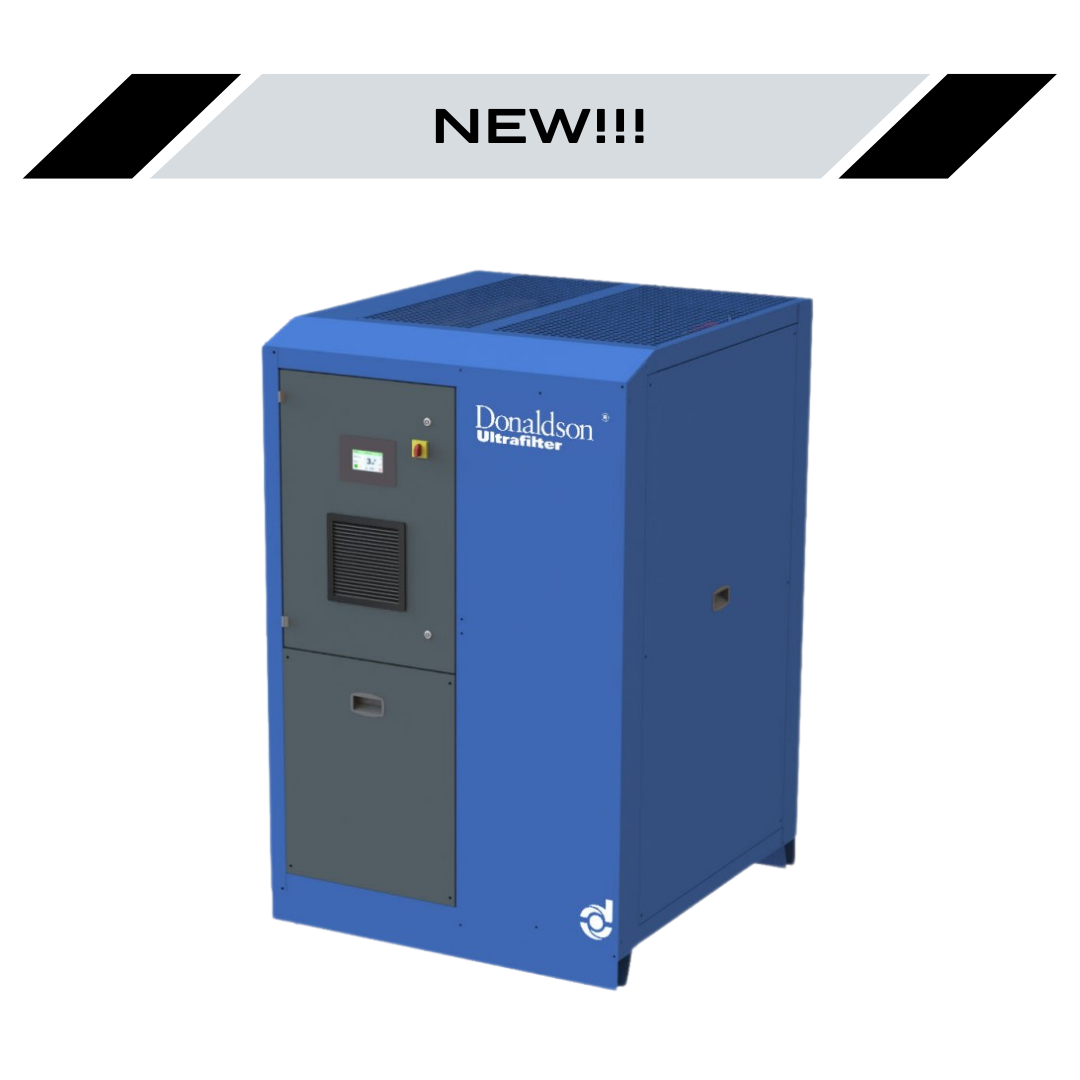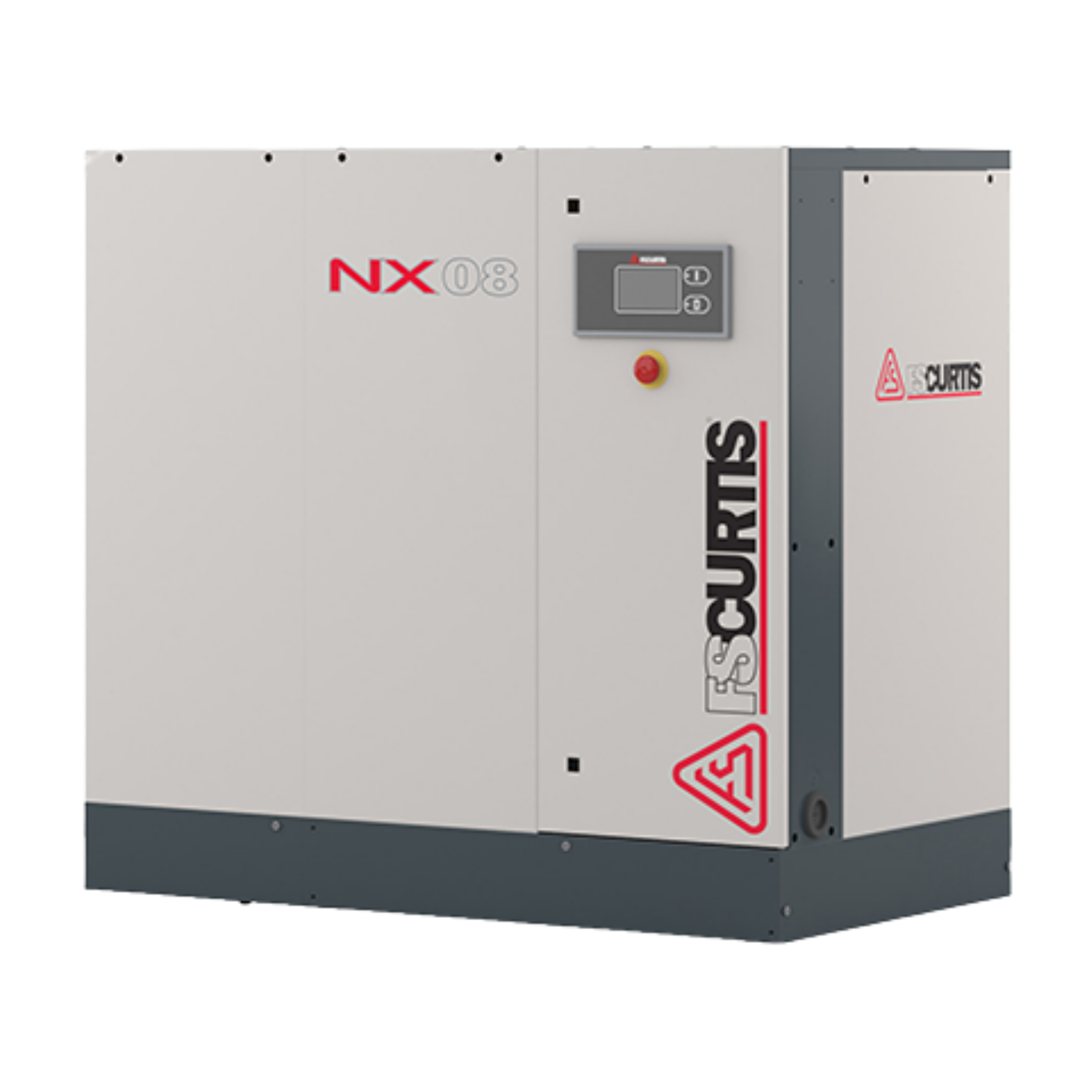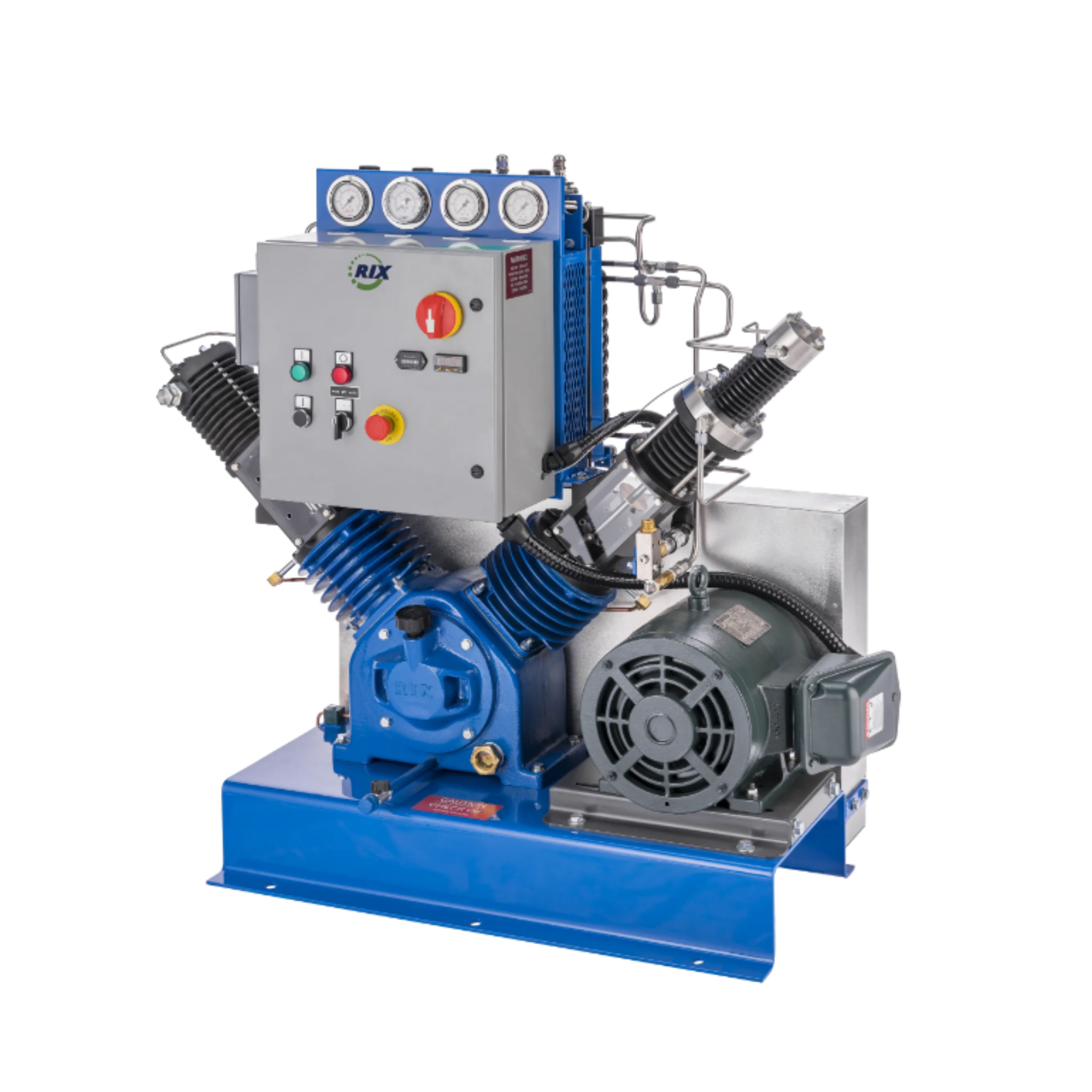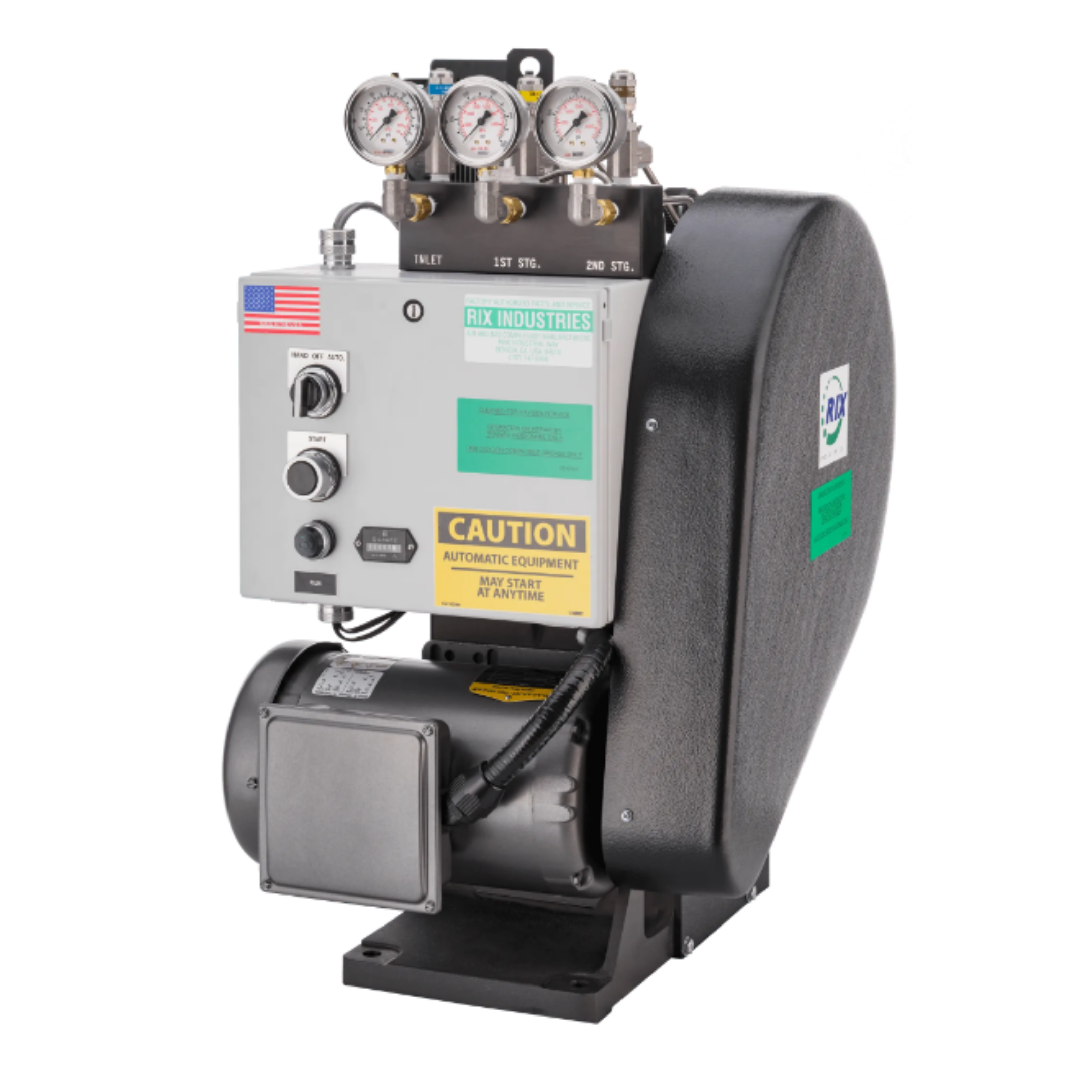.png)
The medical vacuum pump is one of the pieces of equipment provided in hospitals or health care centers. This equipment is needed for various medical purposes for certain patients. In this article, we will discuss the functions of a medical vacuum pump, its types, and how to care for the vacuum pump itself.
For some Indonesian people, this equipment may need to be more familiar. A vacuum pump is one piece of equipment often used in hospitals to treat certain patients.
The function of the medical vacuum pump is to remove unnecessary fluids from the patient's body. The process of removing the liquid is carried out by the suction or suction method assisted by a vacuum pump.
Hospitals are usually provided for several medical purposes, such as handling pulmonary patients, assisting with operations, etc. The vacuum pump will suck fluids from the patient's body that must be removed.
Vacuum pumps for medical purposes usually use an electric motor turned on at a specific voltage. Its use can be adjusted according to the liquid to be removed, with greater suction power for thicker liquids.
A medical vacuum pump can protect medical personnel from hazardous substances when treating certain patients. Generally, a medical vacuum pump has several functions, such as Sucking fluid and draining the lung, Draining internal wounds, Cleaning tubes, Collection, and discharging fluids.
Types of Medical Vacuum Pumps
The Medical Vacuum Pump commonly used in Indonesia is a portable type and a large vacuum type for surgery needs. Each type of pump has advantages that can be adjusted according to requirements.
Portable Medical Vacuum Pump
The portable vacuum pump is easier to use and lighter to carry. The suction capacity for vacuum pumps varies from 2.5 to 35 liters per minute.
Usually, to regulate suction power, you can use a regulator attached to this medical device. The suction power of the vacuum pump needs to be adjusted as required, for example, to suck up dilute or thicker liquids.
This type of pump is usually quiet when used for suctioning liquids. So the patient can be calmer when the suction process uses a vacuum pump.
The liquid removed from the patient's body will enter the container bottle later. The container is vital to ensure no liquid leaks, making it safe for patients and medical personnel.
Maintenance of portable vacuum pumps for medical needs is also easier. Usually, there are care instructions and how to use this equipment. Use according to the instructions so that its function remains optimal.
Centralized Medical Vacuum Pump
The hospital needs such as surgery using a large vacuum pump. Operations that require this equipment, for example, are to suck up lung fluid in wet lung patients.
Medical vacuum pumps also help expel mucus in the throat, remove blood from operations, etc. The liquid in the patient's body to be removed can have different viscosity levels, so the suction power of this tool also needs to be adjusted.
A large vacuum pump is a critical piece of equipment in a medical vacuum installation system. Apart from helping to suck up fluids from the patient's body, this medical vacuum device is also used to maintain the cleanliness of rooms in the hospital.
Vacuum pump systems in hospitals can use more than two pumps controlled by one control transformer. Its function is to help provide air pressure supply to several essential rooms in the hospital.
Vacuum pumps can provide negative air pressure for treatment, emergency, and operating rooms. This system is needed to keep the air clean and hygienic.
How to Take Care of a Medical Vacuum Pump
A medical vacuum is one of the critical pieces of equipment in the hospital. This tool must be available in usable condition. Therefore, it is essential to perform medical vacuum pump maintenance as follows.
Daily vacuum care and maintenance
The way to maintain medical vacuum equipment is to carry out daily inspections and maintenance. Check the control panel and ensure it is in good condition with the auto position.
Also, check for the pressure section on the storage tank and the medical gas pressure. Check pressure for output as well as distribution valves. Check the oil level and add oil if needed.
Long-term vacuum care and maintenance
One of the needed treatments for a medical vacuum is to replace the bacterial filter at least once every year. Oil and oil filters are also replaced every six months.
Maintenance to keep the vacuum tool good is to maintain the cleanliness of the unit. Clean these medical devices and vacuum areas at least once a week.
That's some information about medical vacuum pumps used in hospitals in Indonesia, including one of the vital equipment for various medical functions.
